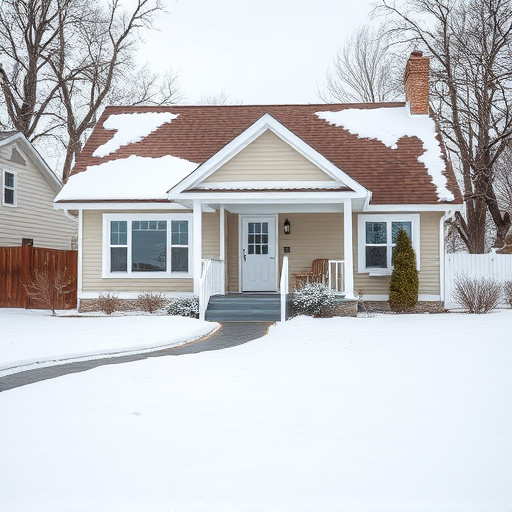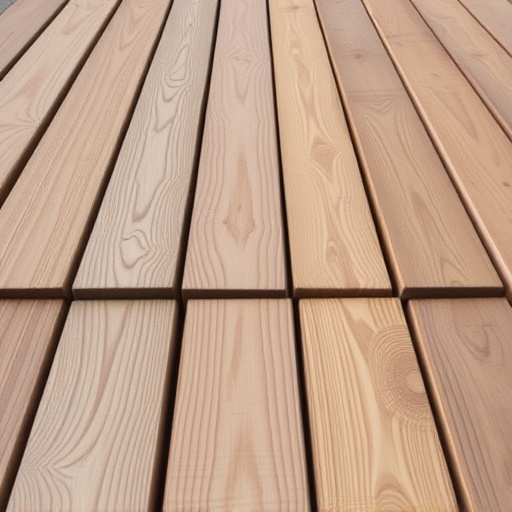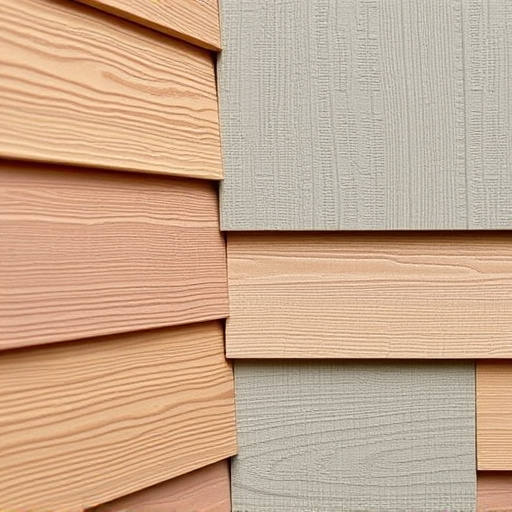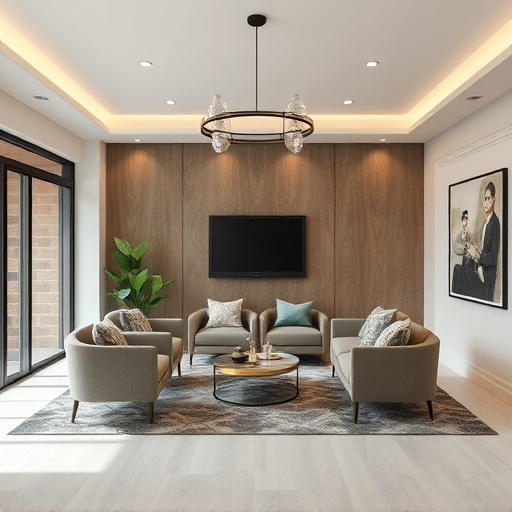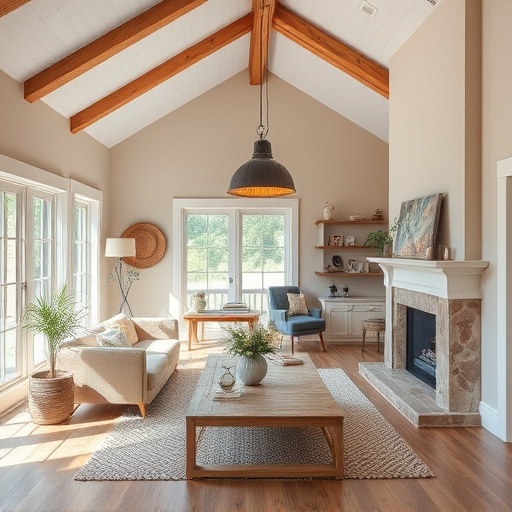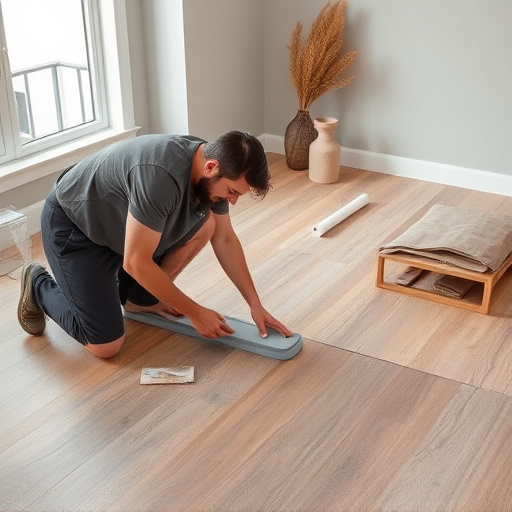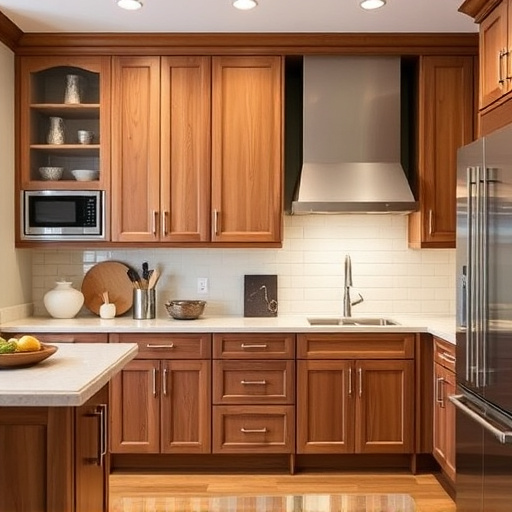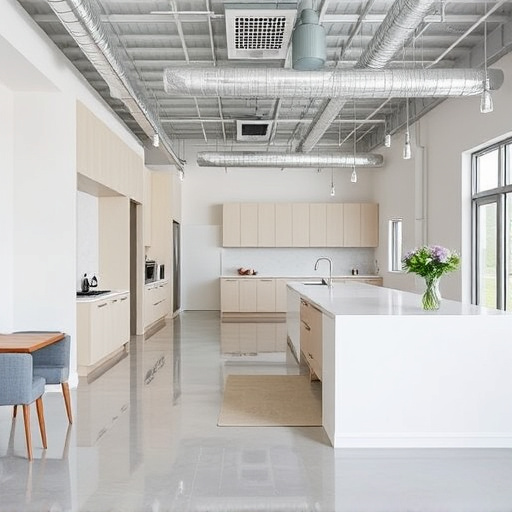Lighting is a powerful tool in home decorating that influences moods, perceptions, and behaviors. Natural light boosts energy during the day while artificial lighting creates ambiance in the evening. Strategic lighting use transforms spaces, with warmer tones for relaxation and cooler temperatures for focus. Through window placements, lamp placement, and smart systems, designers and homeowners can enhance ambiance and functionality in renovations or room remodels, creating inviting and functional spaces for every occasion.
Lighting isn’t just functional; it’s a powerful tool that shapes our experiences and influences every home decorating decision. From setting the mood and enhancing aesthetics to ensuring practicality and energy efficiency, strategic lighting design is key. This article explores how the psychology of light impacts our moods, delves into creative lighting techniques as design elements, and provides practical guidance for optimizing your home’s illumination while minimizing environmental impact. Discover how strategic lighting can transform your living spaces, boost well-being, and elevate your home decorating game.
- The Psychology of Light and Its Influence on Mood
- – Exploring how different lighting conditions can evoke specific emotions
- – Discussing the impact of natural vs artificial light on well-being and productivity
The Psychology of Light and Its Influence on Mood
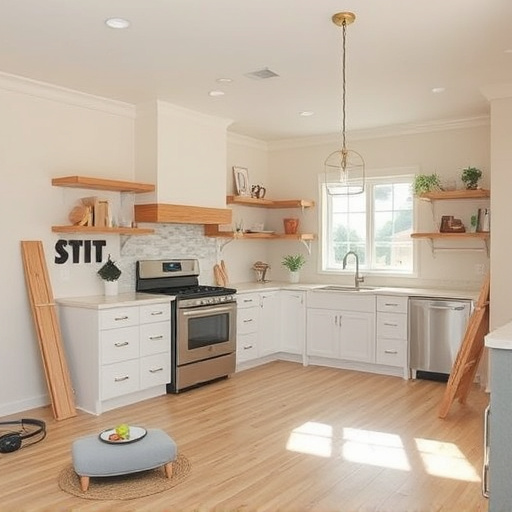
Light plays a pivotal role in shaping our moods and perceptions, making it an integral aspect to consider when engaging in any home decorating endeavor, from residential renovations to multiple room remodels. The psychology behind light and its impact on human behavior is quite fascinating. Natural light, for instance, has been proven to boost mood, energy levels, and productivity during the day, while artificial lighting can create a cozy ambiance or a sense of tranquility in the evenings, depending on its color temperature and intensity.
In the context of home decorating, strategic use of lighting can dramatically transform spaces. Warmer tones evoke a sense of comfort and relaxation, ideal for creating intimate atmospheres in bedrooms or living areas. Cooler light temperatures, on the other hand, stimulate focus and energy, making them suitable for kitchens and baths where task-oriented lighting is essential. By understanding how different types of lighting influence our emotions and behaviors, designers and homeowners can make informed decisions to enhance the overall ambiance and functionality of their spaces through residential renovations or multiple room remodels.
– Exploring how different lighting conditions can evoke specific emotions
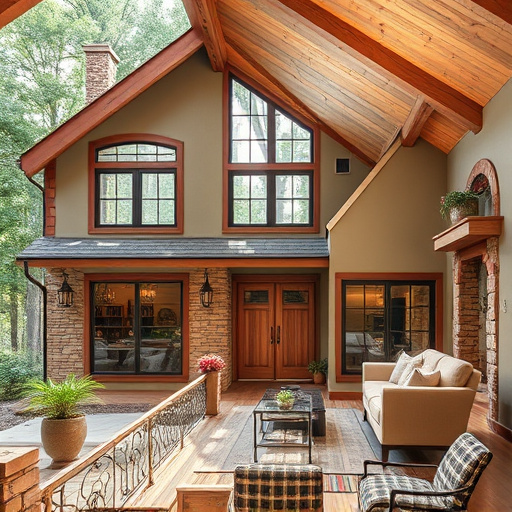
Lighting is more than just functional; it’s an emotional tool that can dramatically alter the ambiance of any space. Warm, amber lights evoke a cozy feeling, perfect for relaxing evenings at home. Soft, diffused light creates a serene atmosphere, ideal for meditation or reading. In contrast, bright, direct light energizes and stimulates, making it suitable for active areas like kitchens or work spaces. When considering residential renovations or home remodeling projects, understanding these emotional responses to lighting conditions can help create spaces that are both inviting and functional. For instance, incorporating natural light through strategic window placements during renovation services can brighten up a room, enhancing its overall aesthetic appeal and the well-being of those who inhabit it.
– Discussing the impact of natural vs artificial light on well-being and productivity
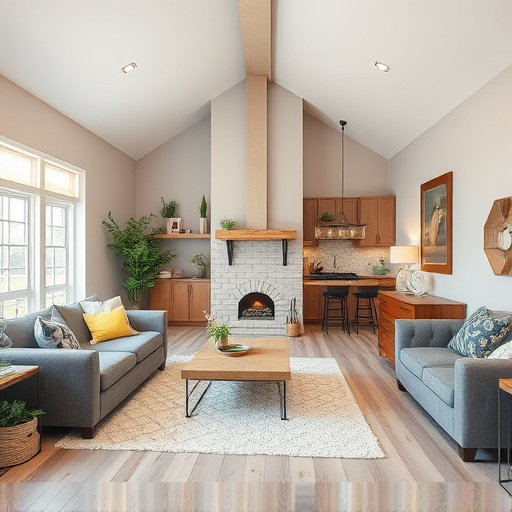
Natural light is a powerful tool in home decorating, influencing moods, productivity, and overall well-being. It creates an open, inviting atmosphere, enhancing the beauty of any space. Large windows, skylights, or sunrooms allow daylight to flood in, providing a sense of connection with the outdoors and boosting natural energy levels. This is especially beneficial for spaces like kitchens and bathrooms, where plenty of light can make tasks more efficient during morning routines or late-night projects—a key consideration in any bathroom remodel or kitchen and bath renovation.
In contrast, artificial lighting offers control and versatility for home decorating. Dimmer switches, various bulb types, and smart lighting systems allow for ambiance customization. Soft, warm lights create cozy corners, while brighter, cooler tones stimulate focus and productivity. Strategically placing lamps or recessed lighting in key areas can dramatically alter the feel of a room, making it suitable for various purposes—from relaxing evenings to focused work sessions, perfect for any home decorating project, whether a minor bathroom renovation or a complete kitchen and bath makeover.
Lighting is an often-overlooked yet pivotal element in home decorating. It can transform a space, influencing mood and enhancing aesthetics. By understanding the psychology of light, you can make informed decisions to create inviting and productive environments. Whether it’s the warm glow of natural sunlight or the tailored ambiance of artificial lighting, each choice contributes to the overall atmosphere of your home, ensuring it becomes a sanctuary that reflects and improves your lifestyle.



